rusted on trator wheel
carlrowley
15 years ago
Related Stories

FURNITUREDesign Detail: Industrious Casters
Just Add Wheels to Create a Floating Kitchen Island, Table or Social Salon
Full Story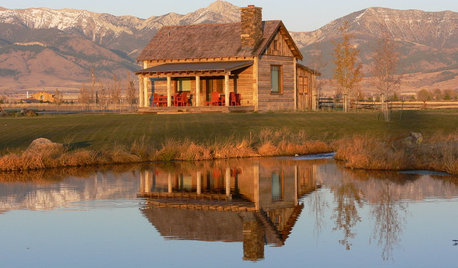
DECORATING GUIDESFresh Take: 15 New Ways With Western Style
Crisp contrasts and clever interpretations are updating the home-on-the-range style
Full Story
MOST POPULAR8 Ways to Improve Your Grill Setup
Rethinking the old grilling station? Here’s how to pack more function and style into your backyard cooking zone
Full Story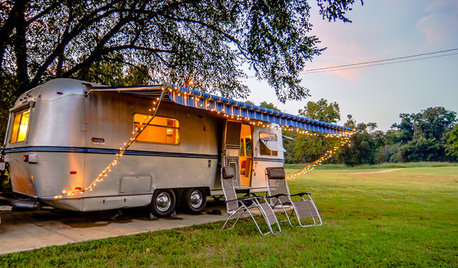
VINTAGE STYLEGet Away From It All in a Glamper
A glammed-up camper can transport you to a happy place, whether in your yard or on the highway
Full Story
COLORBest Ways to Use This Coral Color of the Year
Sherwin-Williams goes for a preppy pop of color in its paint pick for 2015
Full Story
COLORCooking With Color: When to Use Orange in the Kitchen
Try a dash of Cayenne or swaths of Sweet Orange for zesty, high-energy kitchen flavor
Full Story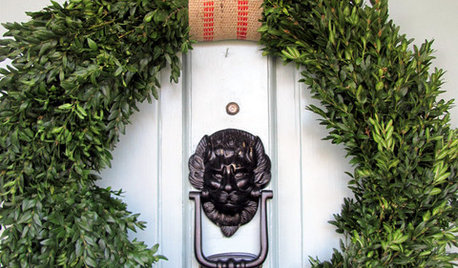
CHRISTMAS10 Easy Decorating Ideas for a Festive Entryway
'Tis the season for welcoming guests with wreaths, special lighting and plenty of comfy seating
Full Story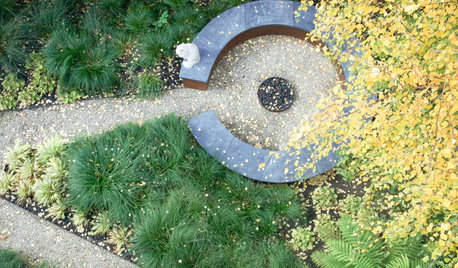
LANDSCAPE DESIGNCircle Round for Great Garden Design
Circular thinking can be a boon in creating eye-catching landscapes. Here's how to put the shape to best use
Full Story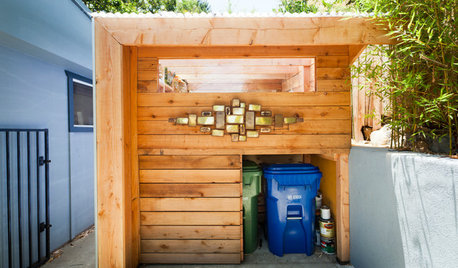
CURB APPEALHouzz Call: How Do You Hide Your Trash?
No one wants to see those trash and recycling bins. So where do you stash them while you wait for the garbage truck? Show us your designs!
Full Story
COLORHow to Pick the Perfect Accent Color
Not sure what colors go together in a room? Here are suggested combinations for different moods and effects
Full StorySponsored






rustyj14
jerryo
Related Professionals
Derry Landscape Architects & Landscape Designers · Elwood Landscape Architects & Landscape Designers · Tempe Landscape Contractors · Brockton Landscape Contractors · New Baltimore Landscape Contractors · Tacoma Landscape Contractors · West Haverstraw Landscape Contractors · Eastlake Landscape Contractors · Arlington Window Contractors · Bridgeport Window Contractors · Farragut Window Contractors · Greenburgh Window Contractors · Laurel Window Contractors · Piedmont Window Contractors · Westchester Window Contractorsnjdpo
larso1
njdpo
dbt94gt
johninmd
Greg Goyeneche
rustyj14